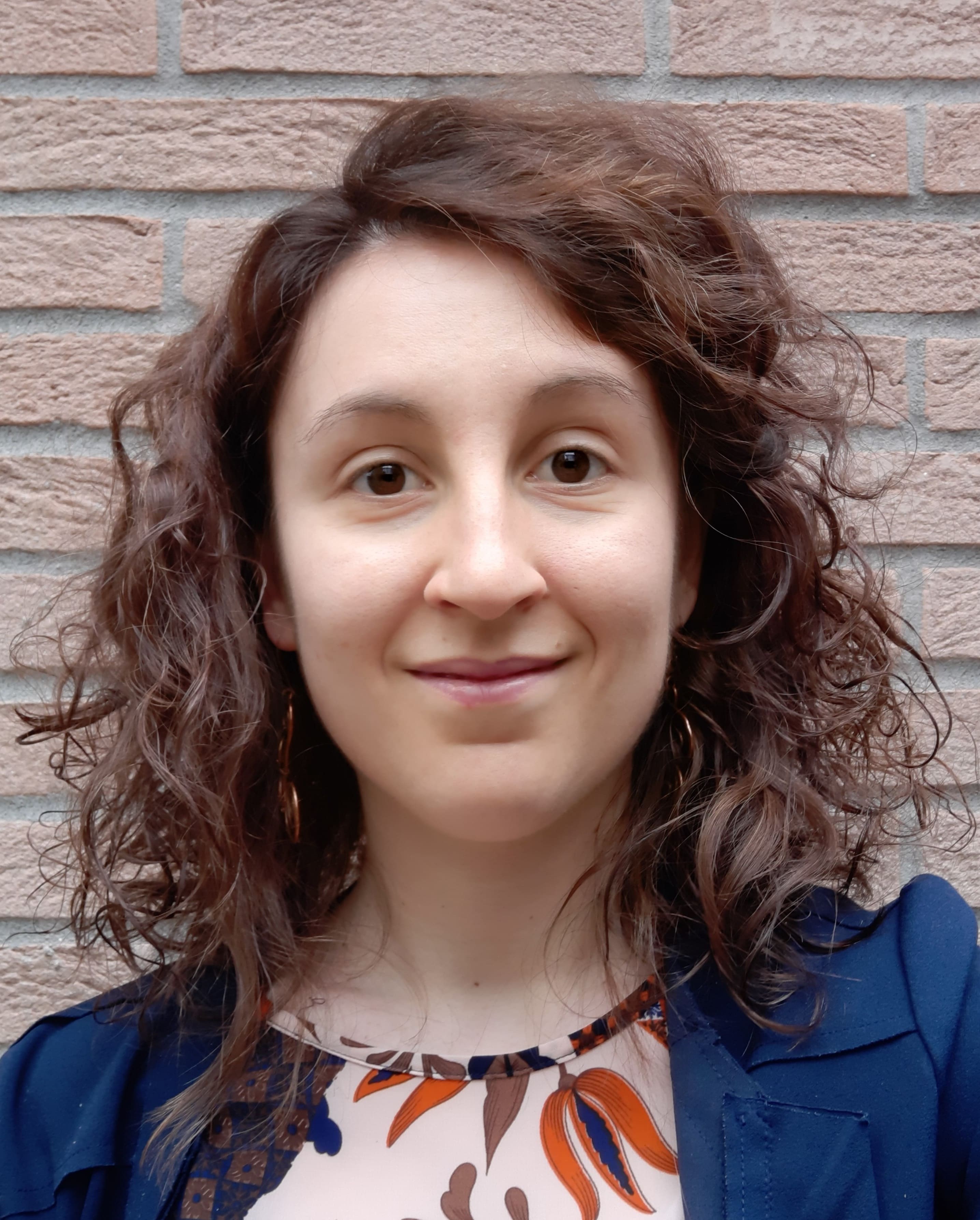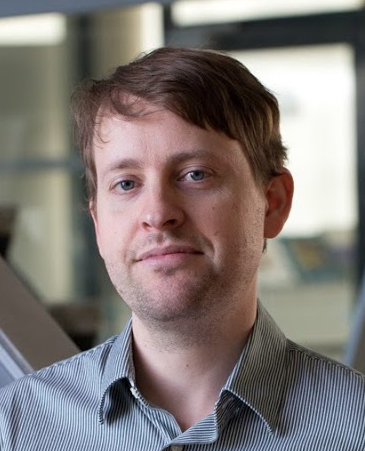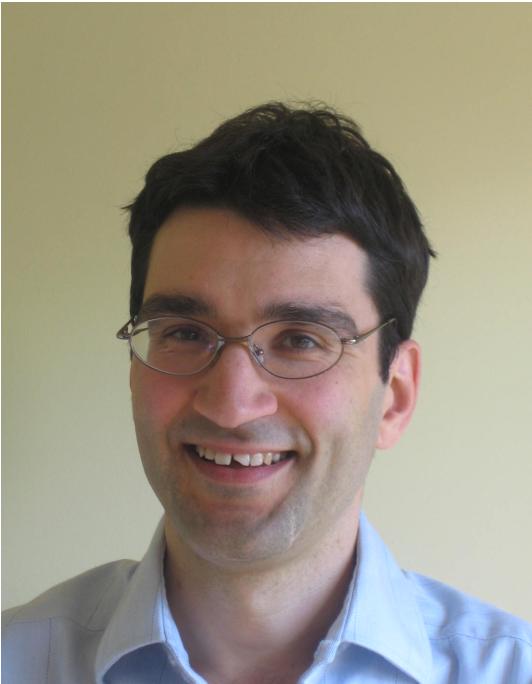
Chemical Engineering

Eleonora Ricci joined the University of Edinburgh as a Lecturer in 2023. Previously, she was a Marie Skłodowska-Curie postdoctoral fellow at the National Centre for Scientific Research “Demokritos”, Athens, Greece. In 2021 she was a postdoctoral researcher and Adjunct Professor of Molecular Simulation Fundamentals at the university of Bologna. She obtained a PhD in Chemical Engineering from the University of Bologna, Italy (2020).
- PhD in Chemical Engineering, 2020, University of Bologna, Italy.
- Master's Degree in Chemical and Process Engineering, 2016, University of Bologna, Italy.
- Bachelor's Degree in Chemical and Biochemical Engineering, 2014, University of Bologna, Italy.

Synthetic Biology
The bottom-up approach to synthetic biology aims to create life-like artificial cells from non-living components. Our group specialises in creating synthetic cells that contain multiple sub-compartments (analogous to eukaryotic cell organelles). To do this, we use droplet microfluidics and giant lipid vesicles (or GUVs). Once created, we can setup multi-step enzymatic reaction cascades between the compartments.These synthetic cells can shed light on natural biological cell functions but can also be used for industrial applications like biofuel production or in biomedical applications for drug delivery.
Lipid Membranes
Cell membranes need to be structurally complex in order to perform a multitude of cellular functions. Studying individual components, like biomembranes, is typically performed using real cells. However, isolating biomembranes from the rest of the cell can be difficult or impossible. Therefore, as an alternative, our lab uses model membranes. Here, different aspects of the membrane, such as lipid composition, permeability, and membrane proteins can be studied in isolated under controlled conditions, free from other cellular influences. Different types of lipid membranes serve as our models including GUVs on the micron-scale, and nano-sized lipid vesicles down to 100 nm. In addition, we also use these model membranes systems to study membrane fusion as well as ligand-membrane interactions. Key to our success is the development of our cutting-edge lipid vesicle formation methods including microfluidics and bulk emulsions.
Microfluidics
Microfluidic technology is used throughout the different research topics in the Robinson lab. We current focus on using microfluidics for the following applications:
- Single cell handling and analysis (including cancer cells, and active swimmers).
- High-throughput production of monodisperse lipid vesicles (via double emulsion templating).
- Advanced handling, manipulation (flow, compression, electrofusion), and analysis of lipid vesicles.
Designing, fabricating, and testing novel microfluidic systems for new applications also makes up its own unique line of research.
- Microfluidics.
- Bottom-up synthetic biology.
- Lipid vesicles.
- Membrane fusion.
- Advanced microscopy: including FLIM, confocal, multiphoton, and high-speed capture.
- Single cell handling and analysis.

- Chartered Engineer, Member of the Institution of Chemical Engineers (IChemE) and Member of the Energy Institute
- 2015 - 2019: Chair for the IChemE's Scottish Members Group
Personal Tutor and Dissertation Supervisor for the MSc in Sustainable Energy Systems
Lecturer in Chemical Enginering, currently teaching part or all of the following courses:
- Process Safety and Environmental Issues in Chemical Engineering 3 (part)
- Chemical Engineering Design 3 (part)
- Chemical Engineering Desgin Projects 4 (group supervisor)
- Sustainable Energy Systems Dissertation (MSc), projects supervision
- "Appropriate" Engineering for development, including in the areas of Food, Energy and Water. For more detail, please visit www.susdev.eng.ed.ac.uk
- Conversion and storage of renewable energies: Hydrogen; biofuels and biochar; compressed air; CO2 utilization
- For more info: Please visit my personal webpage.
